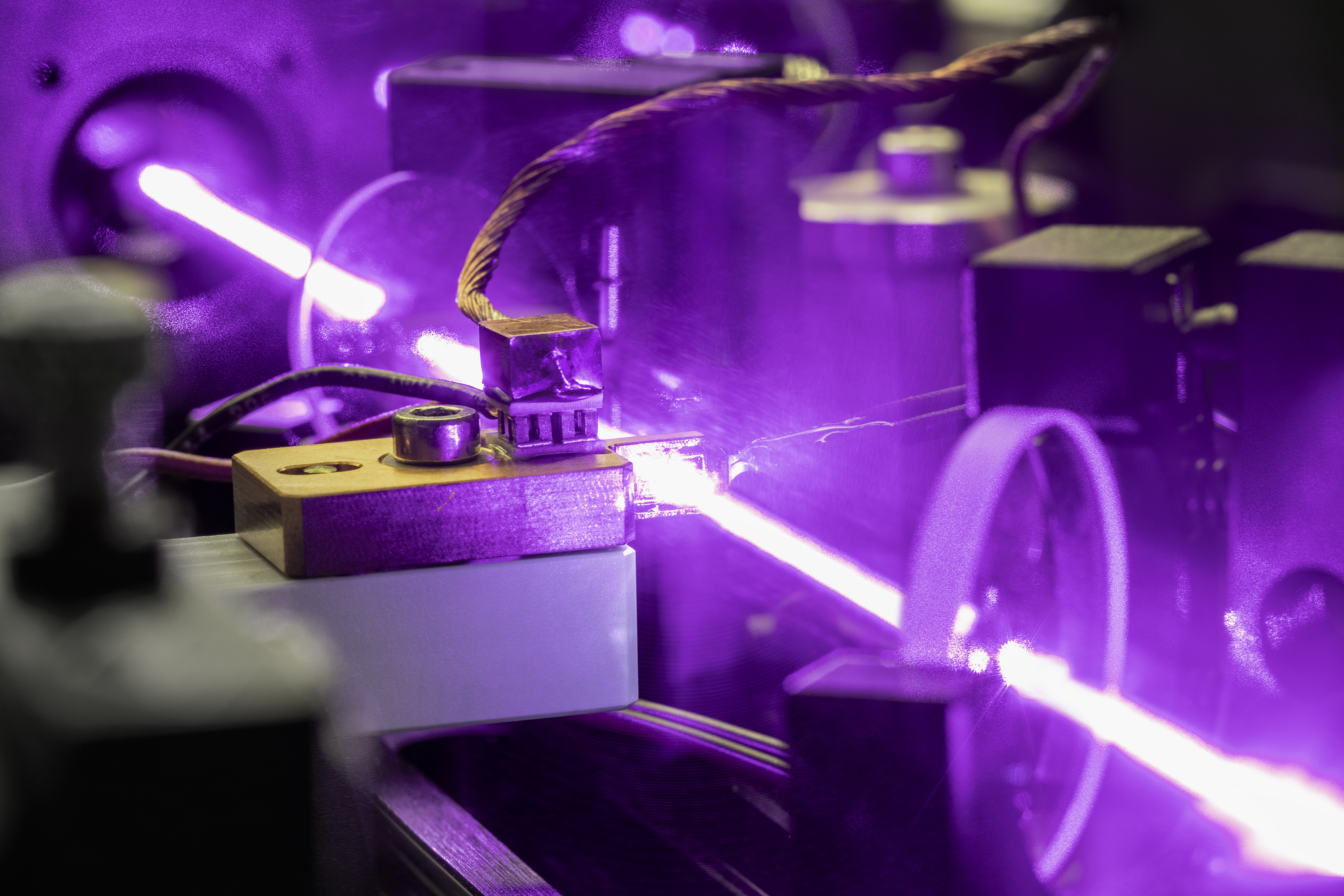New coatings for quantum applications
A new research project coordinated at the Fraunhofer Institute for Applied Optics and Precision Engineering is focusing on the development of highly transparent optical components for leading-edge quantum applications: The “Qzell” project is researching antireflective coatings that are designed to realize the necessary transparency of a quartz cell and other optical components. In addition to quantum computing, the new coatings could also be used in quantum communications or camera lenses.
When classical (super)computers reach their limits, “quantum computing” can be a solution. Quantum technology enables this new generation of computers to efficiently solve highly complex problems, making it highly relevant for areas such as medicine.
Quantum computing requires vacuum-tight cuvettes, so-called “quartz cells”. The atomic qubits – the smallest memory units in such a quantum computer – are prepared in them in an ultra-high vacuum. These quartz cells require various highly transparent coatings, some of which are also conductive, to minimize reflections. Such reflections are caused by several lasers, which are used for cooling as well as for manipulation of single large atoms. Reduction of reflections is a particular challenge, since various broad spectral ranges and large light incidence angles have to be addressed. Furthermore, the coatings must meet ultra-high vacuum conditions.
The “Qzell” project addresses this problem by researching antireflective coatings that contain nanostructures in addition to compact layers. The aim is to achieve the required transparency of the quartz cell and on other adjacent optical components. In the joint project, particularly low-absorption nanostructures and new conductive materials are being researched together with industrial partners in order to be able to realize electromagnetic shielding in addition to transparency. The overall project is also testing design concepts for a lens and surface and joining processes suitable for ultra-high vacuum.
The research project is being implemented with a project volume of 3.3 million euros. Around 77% of this is funded by the German Federal Ministry of Research, Technology and Space (BMFTR; formerly German Federal Ministry of Education and Research (BMBF)) within the framework program "Quantum Technologies - From the Basics to the Market".
Further information
- Project Qzell (german)
- Optical Quantum Technologies at Fraunhofer IOF (iof.fraunhofer.de)
- Functional Surfaces and Coatings at Fraunhofer IOF (iof.fraunhofer.de)
